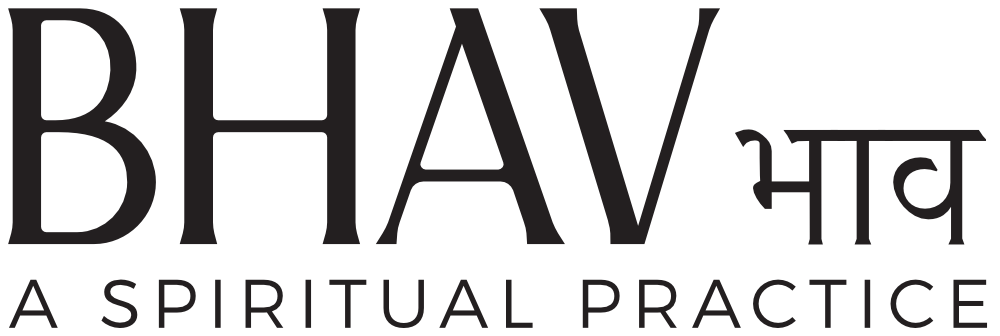EXPLORING THE KOSHAS: ANNAMAYA KOSHA
Yoga describes the five "KOSHAS" as different "bodies" or "sheaths" which move from the gross aspect of ourselves to the most subtle body through to Purusha at the centre. When we identify with each of these layers we have the feeling of separateness.
The more we have stories or conditioning attached to each level, the more we identify as separate parts, and the more distant we are from our centre. When we stop identifying with the different layers, we are able to experience what is beyond.
Throughout life, we make choices that are dictated by how we perceive the world. We organise our experience around the information we have, and do the best we can with what we know. When we are caught in these patterns, we rarely access our true potential, and our every thought and action continues to perpetuate the patterns we have created for ourselves.
Yoga teaches us to reorganise ourselves in ways that lead us towards well-being and possibility, by progressively transcending the layers and moving inwards towards our true nature. Through yoga practice, we aim to refine our awareness, to the point where we are able to more easily notice when we move out of balance. When we notice imbalance, we need to take the necessary steps to move back to a state where energy flows freely. To achieve this balance, we must strengthen and purify the nervous system , still the mind and take charge once again.
The most superficial and dense layer is called “ANNAMAYA KOSHA” The body itself, or as its called in yoga, ‘the food body’. It relies on food in order to power it and in the end, after death, it becomes food for other living creatures. This layer represents the most distant aspect of who you are and the part of yourself that is furthest from your source in consciousness. Because this layer is so dense and in our face it seems to be the easiest to associate with and get caught up in.
In practice this week we’ll focus on this layer and learn that we are able to leverage it to access the deeper parts of our being. See you there.

